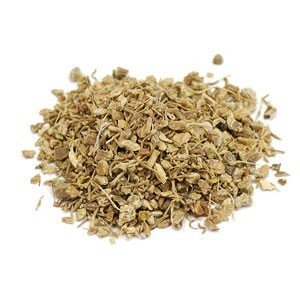Shop our Store!
Blue Cohosh Root (Wild Crafted)
Bulk Herbs: Blue Cohosh Root
Caulophyllum thalictroides
Format: Root
Size: 1 oz package
Also Known as: Caulophylum thalictroides, blue ginseng, yellow ginseng, papoose root, squawroot. Not to be confused with black cohosh, an unrelated plant.
Farming Type: Wild Crafted
Origin: USA
Blue cohosh is a woodland plant in the same family as barberry, goldenseal, and Oregon grape root, native to the eastern United States and Canada. The word cohosh is from Algonquian and means rough, which refers to the root. The stem is bluish, which is where the rest of the name comes from. It was widely used by midwives both among Native Americans and American settlers in the nineteenth century to induce labor, and to treat menstrual cramps in women and stomach cramps in both sexes. The Iroquois used it to treat arthritis; the Mohegan to treat urinary tract infections, and the Cherokee used it as a tranquilizer.
Other Native American uses include a root infusion lung problems and fever. Blue cohosh stimulates uterine activity. It can stop menstrual cramping, initiate menstruation when periods are missed, induce labor, or prevent implantation of the fertilized egg into the lining of the uterus during the first 24 hours after intercourse. It is also used to prevent excessive menstrual flow, relieve abdominal cramping, and to treat headache and seizures. As an analgesic, blue cohosh is about 50% more effective than aspirin.
Note:: Blue Cohosh is a useful herb that should be used with care. If you are pregnant or wishing to use it as a birth control method, it must only be administered by an experienced practitioner. Infants should never be given blue cohosh, or be nursed for 12 hours after their mothers or breastfeeding surrogates have taken blue cohosh. Do not use if there is high blood pressure or heart disease.
For educational purposes only This information has not been evaluated by the Food and Drug Administration. This information is not intended to diagnose, treat, cure, or prevent any disease.

